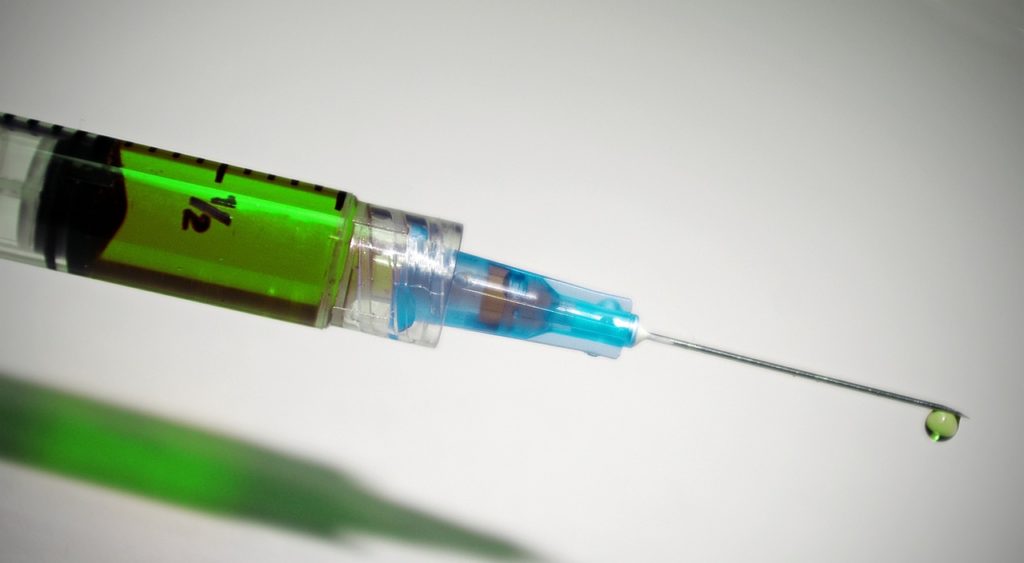Rollbacks on Mask, Social Distancing Mandates Could Come Soon in Hawaii
The Centers for Disease Control and Prevention (CDC) has dramatically shifted its guidelines on what behaviors are safe for fully-vaccinated individuals.
On Thursday, May 13, the CDC declared that US residents who have completed their vaccination schedules can congregate safely without social distancing or wearing protective face coverings. The guidelines apply to get-togethers both indoor and out, and have no upward gathering size limit.
Vaccinated or not, people must still wear masks when using public transportation of any kind or flying on planes, when visiting a nursing home, hospital or any other medical setting for any purpose, and when in congregate settings like jails or homeless shelters.
While the CDC’s advice has changed, the rules in Hawai´i have not. Face coverings and social distancing are still mandatory in public places, though Governor David Ige could decide to realign with new public health directives and ease some restrictions in the days and weeks to come. The governor’s COVID-19 strategies have been largely consistent with CDC guidelines, which are not legally binding, throughout the course of the pandemic. Ige has called a press conference for 2:45 pm Thursday, at which he is expected to speak to the matter and perhaps announce changes.
Big Island Mayor Mitch Roth issued a statement Thursday, saying he supports a rollback of COVID-19 rules but will keep the county on the same page as the state.
“As vaccines have become available to the majority of our population here in Hawaiʻi County, we feel that it is time to begin relaxing many of the restrictions currently in place. That said, we must do so safely without jeopardizing our community’s health and safety,” Roth said. “We must also do so together, as … four counties with one clear vision. Therefore, our county will adhere to Governor Ige and the state’s directives while continuing to have regular conversations regarding proposed changes to our emergency rules.”
“This means (we will continue) wearing a mask, socially distancing, and doing all of the little things we have gotten so accustomed to until notified otherwise,” Roth continued. “It also means getting vaccinated so that we can get back to the things we love most — like contact sports, concerts, and other social gatherings — faster.”
To date, approximately one-third of the United States has been fully vaccinated, which totals out to just shy of 120 million individuals. Complete vaccination is achieved two weeks after receiving the final shot of any approved vaccine. Around 155 million people have received at least one dose.
The White House and other supporters of vaccination efforts have hailed the new CDC guidelines as a milestone in the fight against coronavirus and the long journey back to something that resembles pre-pandemic life.
There is some speculation that CDC advice encouraging eased restrictions on the vaccinated is another way to convince people to get the shot. States have offered incentives of their own, some extreme. Ohio built a lottery system, saying it will award $1 million at random to a new resident each week as a reward for being vaccinated.
Health experts have said in recent days that vaccinations are not widespread enough, or being administered quickly enough to those who want them, for the US to reach herd immunity any time in the near future.
Sponsored Content
Comments










